Description
Phenyl Ethyl Alcohol: The Sweet Scent of Roses and Beyond
Phenyl Ethyl Alcohol (PEA), also known as phenylethanol, is a naturally occurring organic compound with a delightful rose-like aroma. More than just a pretty scent, PEA boasts a wide range of applications, from perfumery and flavoring to potential therapeutic benefits. Let’s delve into the fascinating world of this versatile aromatic alcohol.
The Essence of Roses (and More): Aromatic Origins
PEA is found naturally in a variety of plants, most notably roses, hence its dominant rose scent. However, it’s also present in other flowers like carnations, geraniums, and hyacinths, contributing to their complex fragrance profiles. It can also be found in certain foods, including beer and wine, albeit in smaller quantities.
This abundance in nature is due to PEA’s role as an important volatile compound released by plants to attract pollinators. The sweet floral aroma acts as a beacon, drawing in insects and facilitating the pollination process.
Beyond the Bouquet: Diverse Applications
The appealing fragrance of PEA has made it a staple in various industries:
- Perfumery: PEA is a cornerstone ingredient in many perfumes, lending a soft, sweet, and floral note that enhances the overall composition. It is often used as a base note or heart note, providing a lasting and well-rounded scent. Synthetic PEA, which is readily produced on a large scale, is frequently employed to reduce the cost of perfume formulations without sacrificing the desired fragrance profile.
- Flavoring: PEA is approved for use as a flavoring agent in food products. Its sweet, floral taste can add a delicate touch to confectionery, beverages, baked goods, and even chewing gum. The concentration needed to achieve the desired flavor is typically low.
- Cosmetics and Personal Care: Beyond perfumes, PEA finds its way into other cosmetic and personal care products like lotions, creams, soaps, and shampoos. It serves to impart a pleasant fragrance and can contribute to a more enjoyable user experience.
- Pharmaceutical Applications (Potential): Research is ongoing into the potential therapeutic benefits of PEA. Some studies suggest it may possess antibacterial, antifungal, and even antidepressant properties. While these areas require further investigation, they highlight the potential of PEA beyond its purely aromatic qualities.
Production: From Nature to the Lab
PEA can be extracted from natural sources like rose oil, but this process is expensive and inefficient. Therefore, the majority of PEA used commercially is synthesized through chemical processes. One common method involves the hydration of styrene oxide, which is readily available from petroleum-based sources.
Safety Considerations
PEA is generally considered safe for use in cosmetics and food products when used in appropriate concentrations. However, as with any chemical compound, overexposure may lead to skin irritation or allergic reactions in sensitive individuals. It’s always advisable to review product labels and discontinue use if any adverse effects occur.
In Conclusion: A Timeless Aromatic Treasure
Phenyl Ethyl Alcohol is a remarkable compound with a story that spans the natural world and human ingenuity. From its role in floral pollination to its widespread use in perfumes and flavorings, PEA has earned its place as a valuable ingredient. As research continues to explore its potential therapeutic applications, this sweet-smelling molecule may yet reveal even more fascinating aspects of its character. Its timeless appeal ensures that the scent of roses, captured in the essence of PEA, will continue to enchant for years to come.


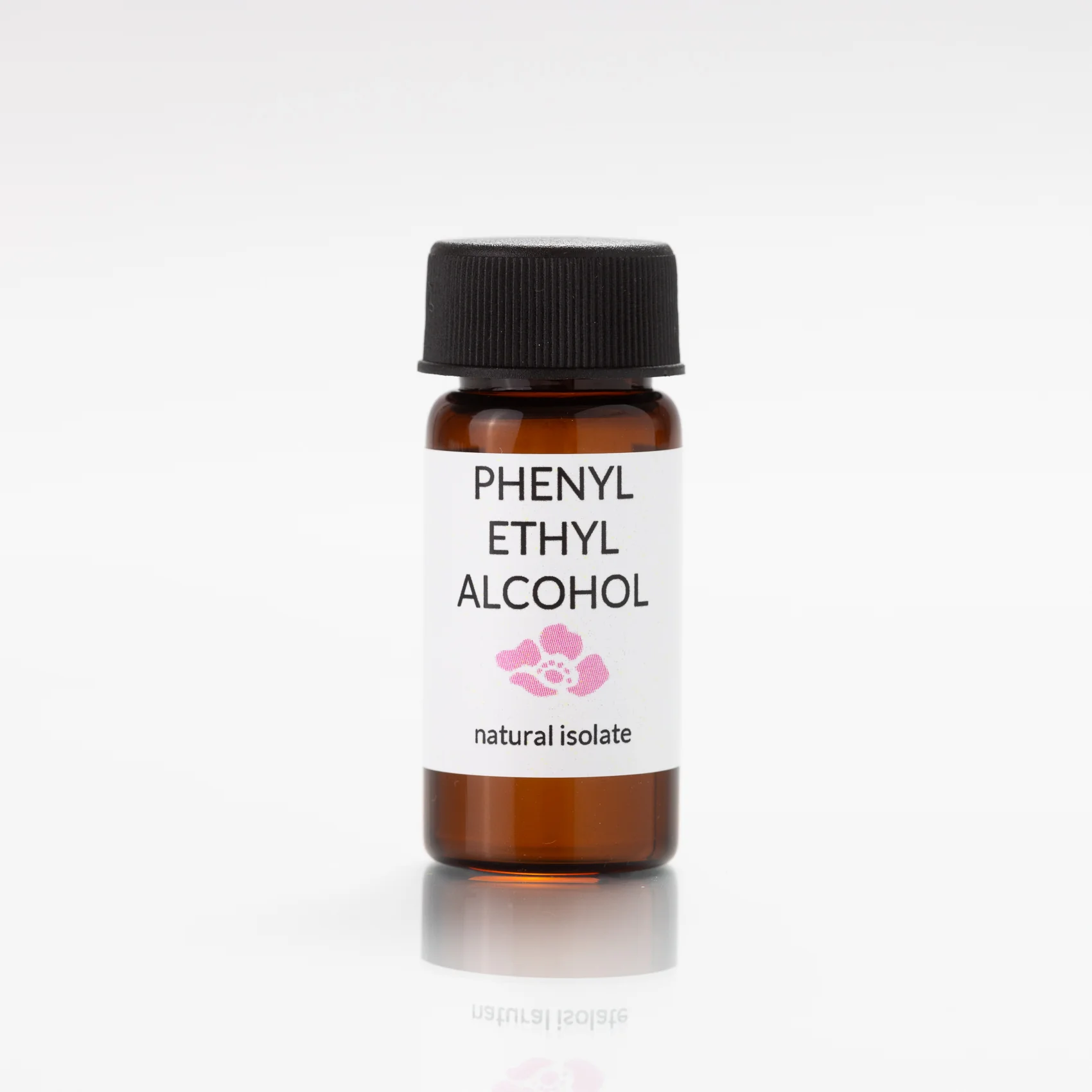

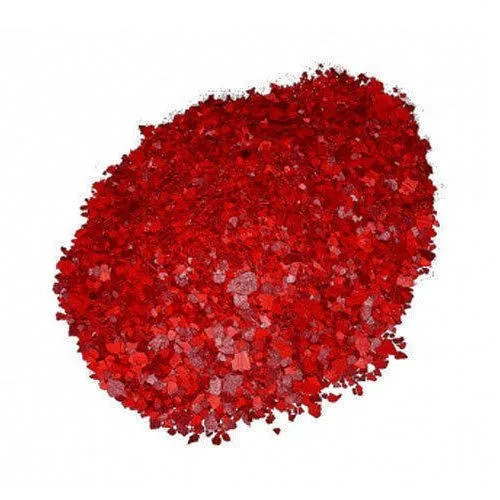
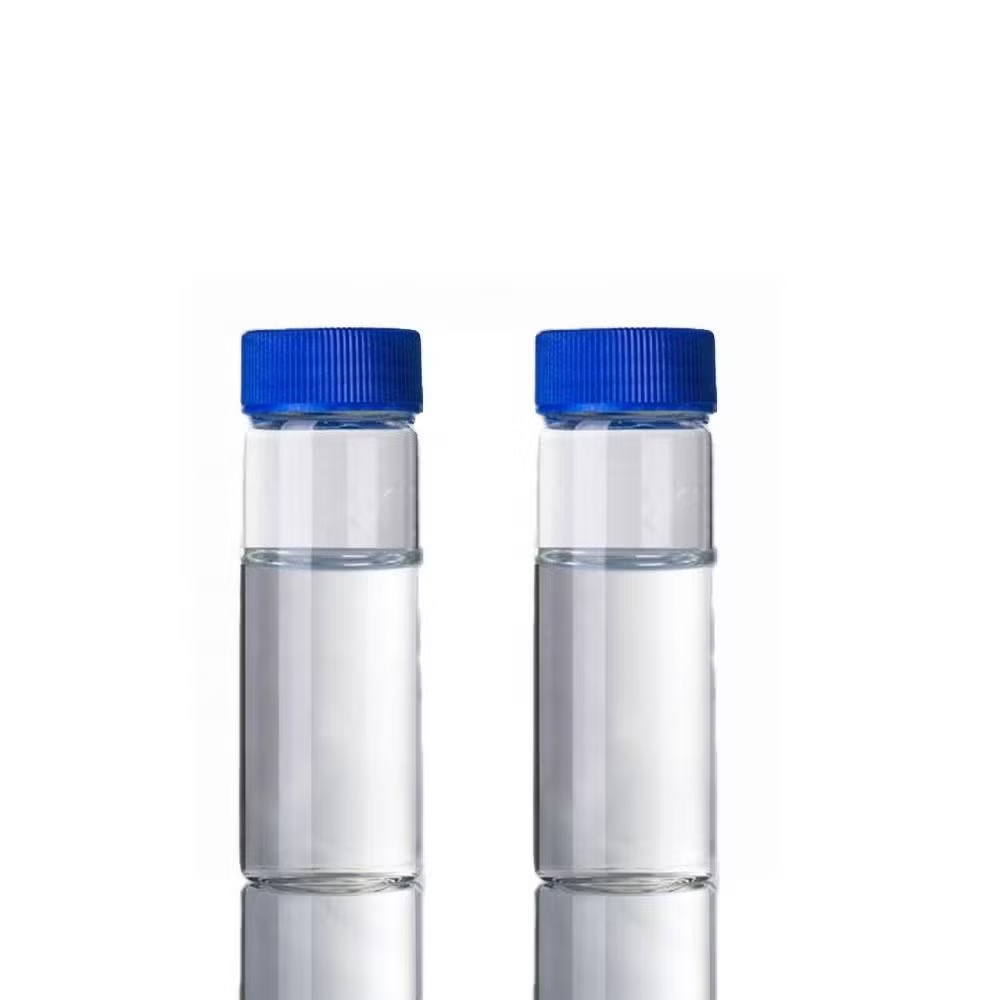
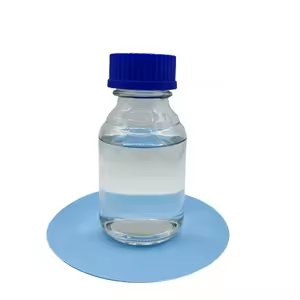


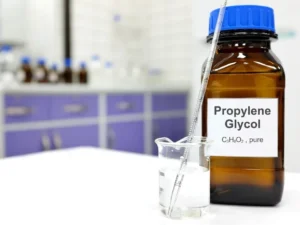

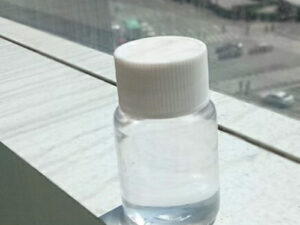
Reviews
There are no reviews yet.